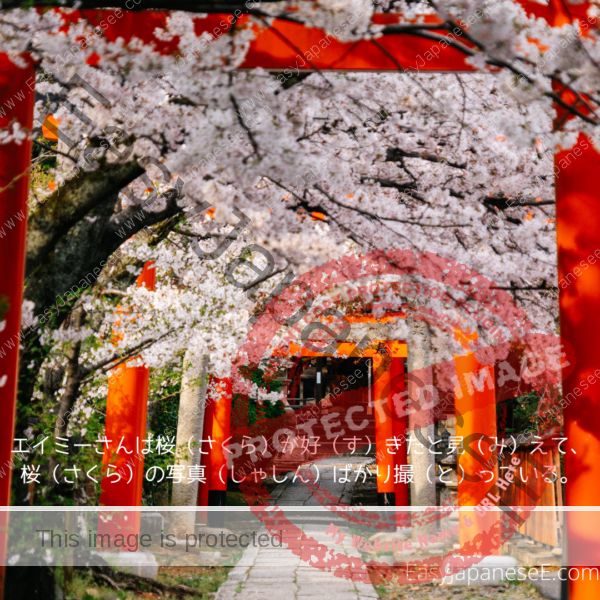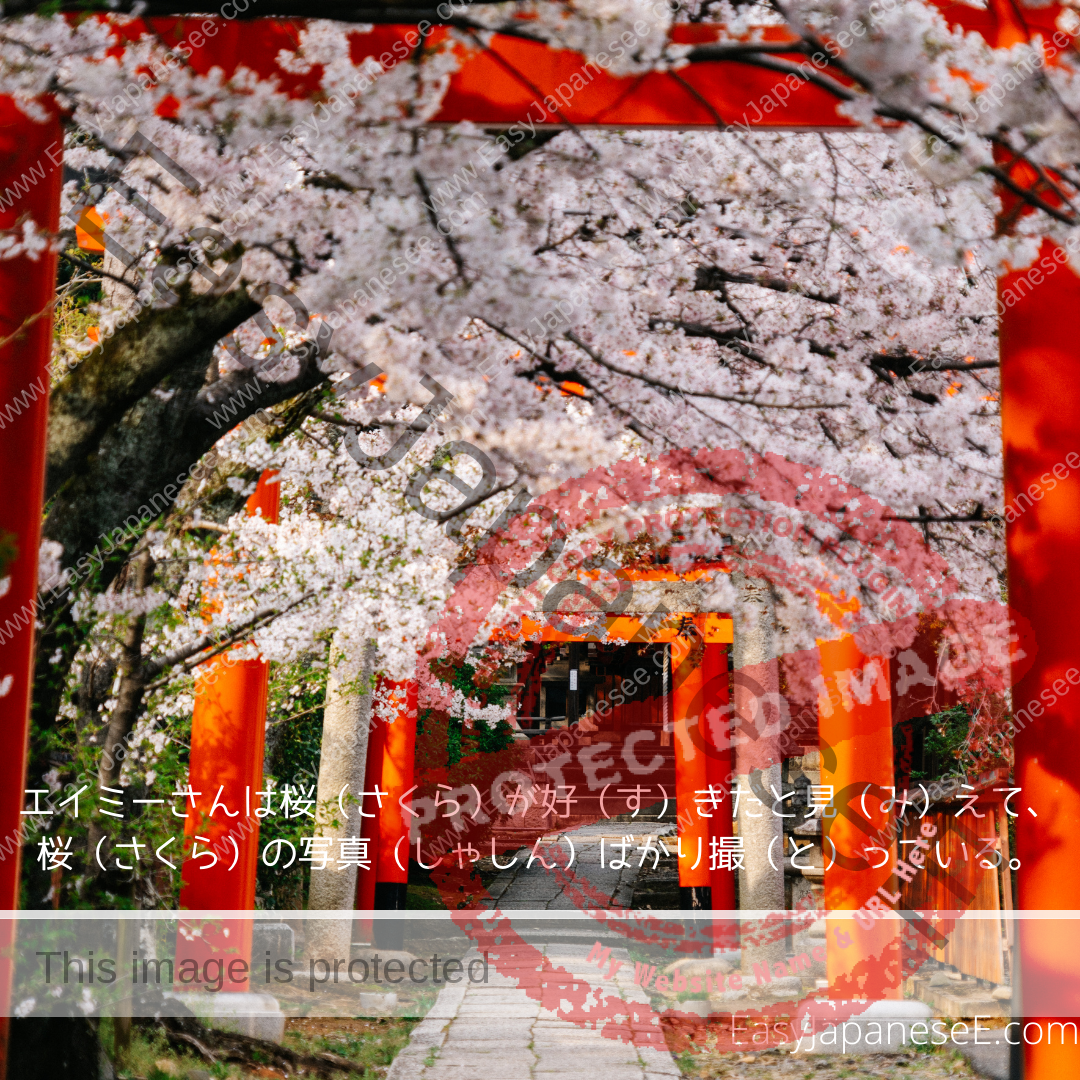
Today’s Grammar Point: ~とみえる
I have explained how the verb 見える is used in a simple sentence in this post. Today, I’m going to talk about ~とみえる which means almost the same as ~らしい. This ~とみえる follows a clause and it means “it seems ~”. A clause is a part of a sentence with a subject and a predicate although in Japanese the subject is often implied, not clearly expressed.
Connections
In Japanese predicate could be a verb, an いadjective or a なadjective/noun with an auxiliary verb, so と見える is used in the following fashion:
- [plain form verb (past\non-past, affirmative negative)] と見える
- [いadj stem] い/かった と見える
- [なadj](だ)/だった と見える
- [noun] (だ)/だった と見える
Examples
ジョンさんはエイミーさんのことがよほど気になると見える。
John seems to be very concerned about Amy.エイミーさんはジョンさんのことが気にならないと見える。
Amy doesn’t seem to care about John.雨が降ったと見えて、草木が青々としている。
It look like it rained. The vegetation is lush.ジョンさんは苦労したと見えて、友情を大切にする。
It seems John has had a hard time. He cherishes his friendship.深夜の買い物客が多いと見えて、あの店は営業時間を延長した。
As it appears there are many late-night shoppers, the shop has extended its open hours.エイミーさんは今週とても忙しかったと見える。週末になっても、まだ疲れているようだ。
Amy seems to have been very busy this week. Even on weekends, she still seems tired.エイミーさんは桜が好きだと見えて、桜の写真ばかり撮っている。
Amy seems to like cherry blossoms and only takes pictures of them.隣のうちは留守と見える。郵便受けがあふれている。
It seems the next door is away. The mailbox is overflowing.
Difference between ~く/に見える and ~と見える
Earlier, I said ~く/に見える is used in a simple sentence and ~と見える is used after a clause. What that really means is that in a ~く/に見える sentence, “the subject looks/looked ~,” so the speaker (who is not the subject of the sentence) is making a statement based on a visual information about the subject. On the other hand, ~と見える is a general conjecture statement, not necessarily based on a visual piece of information.
エイミーさんは細いと見える。
It seems Amy is thin.
This could be guessed from what the speaker has heard or some secondary information.
Cf. エイミーさんは細く見える。
Amy looks thin.
This statement is a first hand statement of the speaker based on what he/she saw directly.ジョンさんは元気だと見える。
It seems John is well.
This could be based on a secondary information the speaker obtained.
Cf. ジョンさんは元気に見える。
John looks well.
This is a first-hand statement of the speaker based on the visual information the speaker obtained directly.
If you liked this article, please share it with your friends using the social media buttons below. Also, your clicks on ads on this page help covering the cost of running this website. Your support will be much appreciated.

